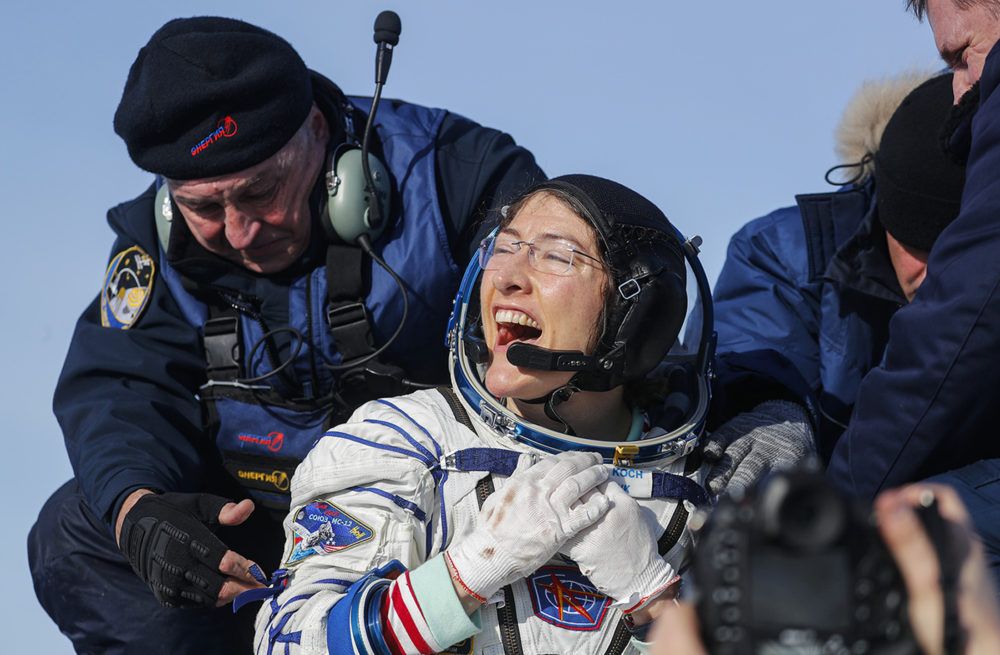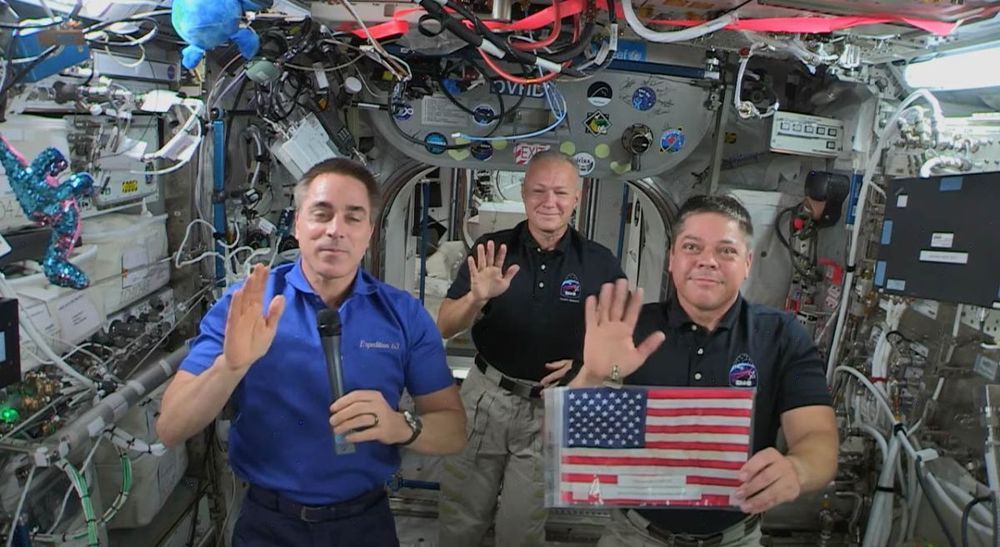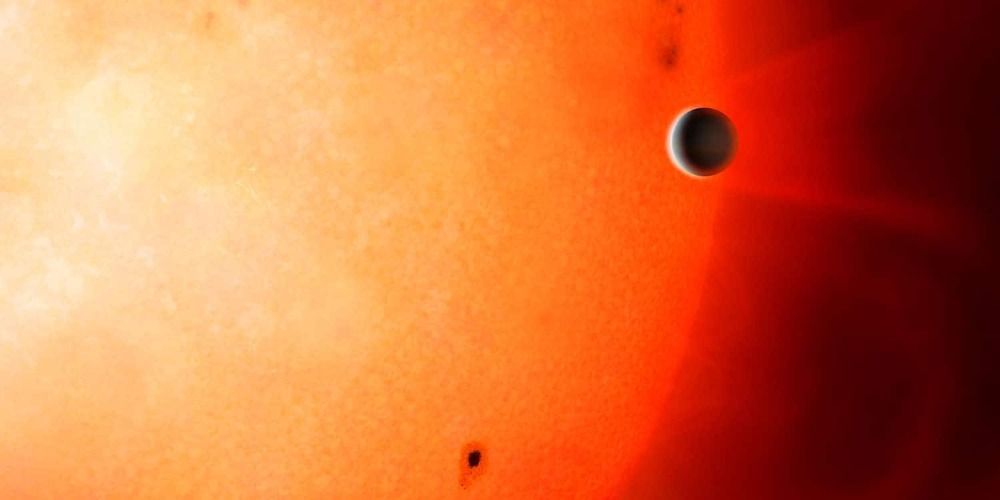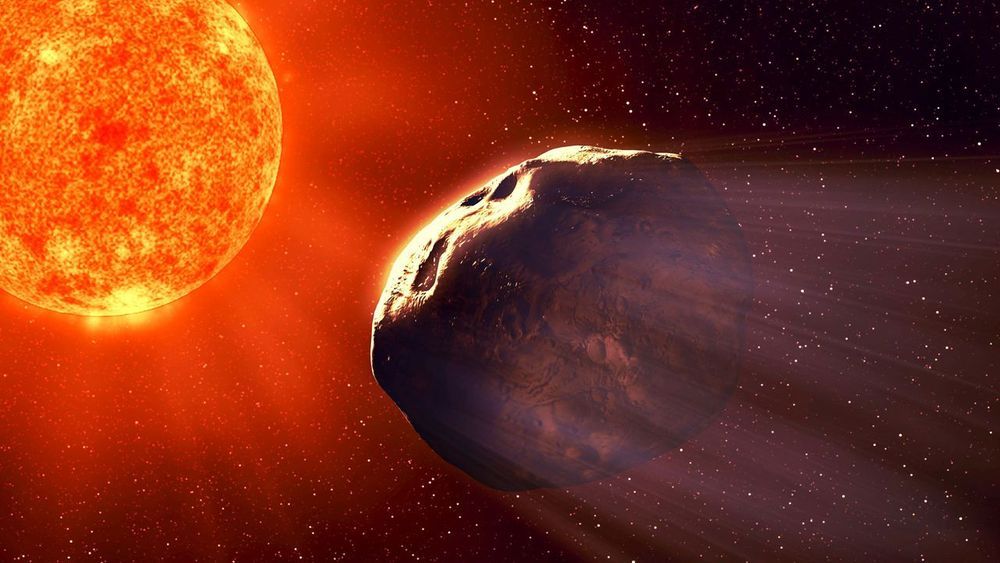Astronaut Christina Koch spent a record 11 months in space, the longest spaceflight of any woman. She returned to Earth in February and is just completing her NASA-mandated readjustment period. What’s life like when you leave a space station, only to be confined in your own home under lockdown?
Guests
Christina Koch, NASA astronaut and former flight engineer on the International Space Station. She set the record for longest single spaceflight by a woman: 328 days. She and Jessica Meir performed the first all-female spacewalk. Koch has performed a total of six spacewalks. (@Astro_Christina)





